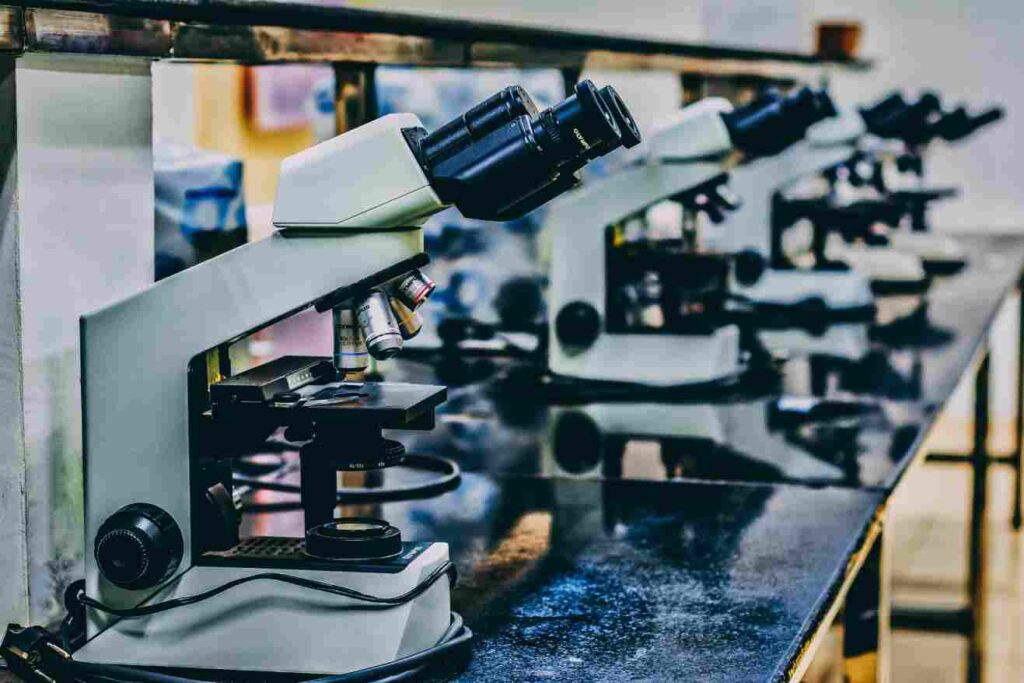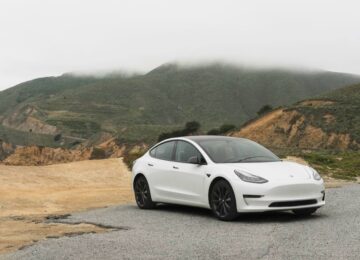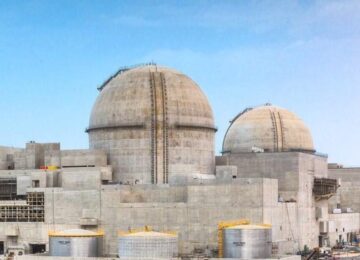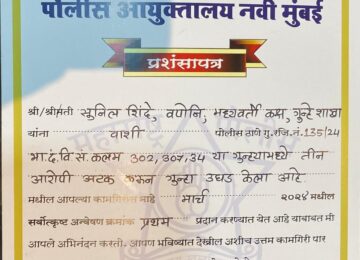The growing dependence on lithium-based technologies might create supply-chain bottlenecks for lithium in the near future due to the soaring demand for electric vehicle (EV) batteries. The race to secure lithium resources in regions like South America and Africa has already started, and any technology that can ease the demand pressure will be favored during times of supply shortages.
Estimates suggest that the demand for automotive lithium-ion (Li-ion) batteries surged by approximately 65%, reaching 550 GWh in 2022 from 330 GWh in 2021, largely due to the rise in electric passenger car sales.
China sees 70% increase in battery demand
In China, there was a remarkable 70% increase in battery demand for vehicles, while electric car sales saw an 80% boost in 2022 compared to 2021. Similarly, in the United States, vehicle battery demand jumped by about 80%, even though electric car sales only increased by around 55% in 2022.
In their most recent electric vehicle outlook, BloombergNEF has updated their battery chemistry forecasts. Sodium-ion batteries are now projected to account for 3% of the passenger car market’s battery demand by 2035 and a significant 30% of battery demand for two- and three-wheeler vehicles.
These sodium-ion batteries, which do not rely on lithium, have the potential to offset up to 7% of the lithium demand by 2035. While this percentage might seem small, it equals over half of the total lithium demand from the previous year.
In a more aggressive scenario where sodium-ion batteries are used in all small vehicles, the reduction in lithium demand could reach 37% by 2035. This might be necessary if the supply of lithium struggles to keep up with the ramp-up in demand, especially if more lithium is required due to the use of lithium-metal anodes enabled through solid-state electrolytes, as suggested by the study.
However, achieving this scenario would necessitate a rapid expansion in the supply chain and manufacturing. By 2035, the volume of sodium-ion cells would need to be more than twice that of lithium-ion cells in 2023, a scale that took decades to attain.
Heavy reliance on Lithium is a challenge
Unfortunately, aside from Sodium-ion technology, most other technologies are still heavily reliant on lithium. Lithium-ion batteries are lighter and have higher energy density compared to previous battery technologies. This means they can store more energy in a smaller space. The ongoing challenge in battery technology is to further increase energy density and reduce costs. Higher energy density batteries would allow electric vehicles to travel even longer distances, while lower costs would make EVs more affordable for the general public. Several promising technologies are being explored to achieve these objectives, including solid-state batteries, lithium-iron-manganese-phosphate batteries, lithium-sulfur batteries, and more.
Solid-State Batteries:
A promising advancement in EV battery technology is the development of solid-state batteries. These batteries use solid electrolytes instead of liquid or gel-based electrolytes, making them safer, more efficient, and longer-lasting. They also have a higher energy density, meaning they can store more energy in the same amount of space as traditional batteries. Automakers like Toyota and BMW are heavily investing in solid-state battery technology.
Lithium-Sulfur Batteries:
Another promising innovation is lithium-sulfur batteries. These batteries have a higher energy density than lithium-ion batteries, which means they can store more energy in the same amount of space. They are also cheaper to produce and use more sustainable materials. Researchers at the University of Texas have developed a lithium-sulfur battery that can store up to four times more energy than a lithium-ion battery of the same weight.
LMFP Batteries:
A lithium manganese iron phosphate battery is a type of lithium-iron-phosphate battery (LFP) that includes manganese as a cathode component. Chinese manufacturer Gotion High-Tech has announced a new LMFP battery pack that will enter mass production in 2024, capable of delivering a range of up to 1,000 kilometers on a single charge and potentially lasting two million kilometers.
Sodium-ion Batteries:
Sodium-ion technology is an alternative to lithium-ion that doesn’t rely on lithium, though it has lower energy density. Chinese battery giant CATL reportedly plans to start mass-producing sodium-ion batteries in 2023. These batteries might not enhance performance significantly, but they could reduce costs as they use more affordable and widely available materials compared to lithium-ion batteries.
One of the significant challenges faced by India in the battery sector is the high cost of importing batteries. India currently imports most of its battery cells from China, Japan, and South Korea, which increases the production cost of electric vehicles within the country.
To tackle this issue, the Indian government has introduced various incentives and programs to promote domestic battery manufacturing. The Production Linked Incentive (PLI) scheme offers financial incentives to companies producing advanced battery cells in India. The government also plans to establish multiple lithium-ion battery manufacturing plants in the country.
By Sibi Sathyan



































